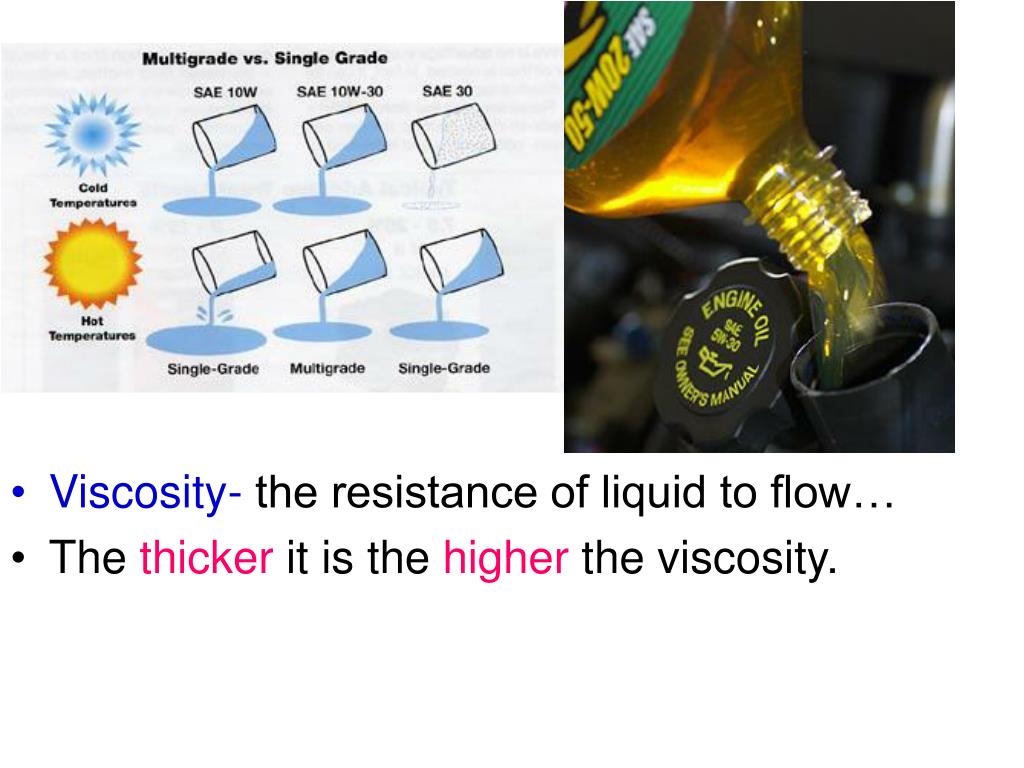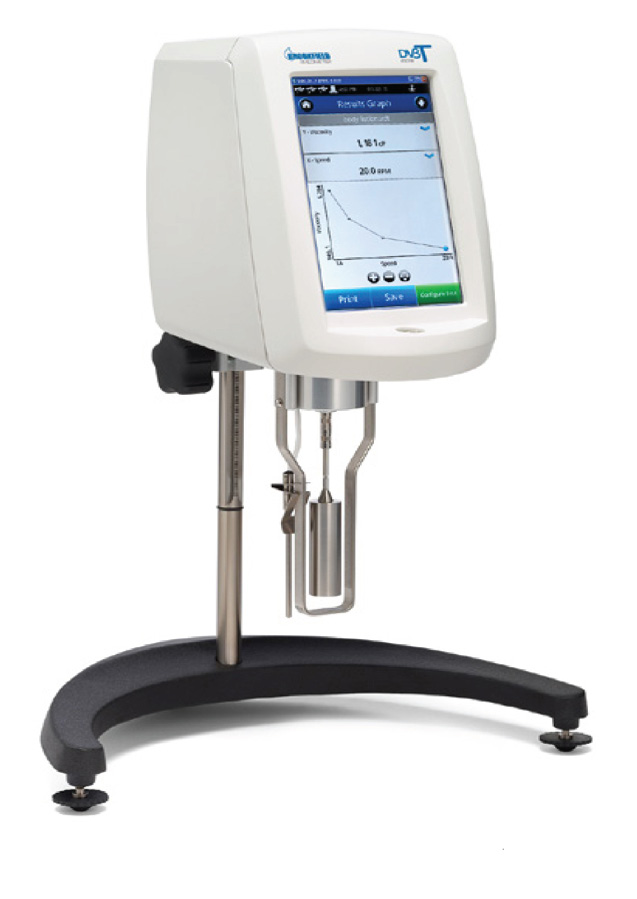

This review considers water requirements in the context of recent efforts to assess water intake in US populations. Source: The USDA National Nutrient Database for Standard Reference, Release 21 provided in Altman. 3, 14, 15 The only in-depth study of water use and water intrinsic to food in the US found a 20.7% contribution from food water 16, 17 however as we show later, this research was dependent on poor overall assessment of water intake. In the United States it is estimated that about 22% of water comes from our food intake while it would be much higher in European countries, particularly a country like Greece with its higher intake of fruits and vegetables or South Korea.

We present the ranges of water in various foods ( Table 1). The proportion of water that comes from beverages and food varies with the proportion of fruits and vegetables in the diet. Furthermore we get water not only directly as a beverage but from food and to a very small extent also from oxidation of macronutrients (metabolic water). When we speak of water we are essentially focusing first and foremost on all types of water, be they soft or hard, spring or well, carbonated or distilled water. 13 Currently we feel there are no adequate biomarkers to measure hydration status at the population level. 8 – 12 Deuterium dilution techniques (isotopic dilution with D2O or deuterium oxide) allows measurement of total body water but not water balance status. 7 Many scholars use urine osmolality to measure recent hydration status. 6 Urine indices are used often but reflect recent volume of fluid consumed rather than a state of hydration. At the population level we have no accepted method of assessing hydration status and one measure some scholars use, hypertonicity, is not even linked with hydration in the same direction for all age groups. One-time collection of blood samples for the analysis of serum osmolality has been used by NHANES. The US Dietary Recommendations for water are based on median water intakes with no use of measurements of dehydration status of the population to assist. 3, 4 The European Food Safety Authority (EFSA) has been recently asked to revise existing recommended intakes of essential substances with a physiological effect including water since this nutrient is essential for life and health. 2 We need to know more about the extent that water intake might be important for disease prevention and health promotion.Īs we note later, few countries have developed water requirements and those that do base them on weak population-level measures of water intake and urine osmolality. Recently, Jéquier and Constant addressed this question based on the human physiology. Beyond these circumstances of dehydration, we do not truly understand how hydration affects health and well-being, even the impact of water intakes on chronic diseases. We provide examples of water intake assessment in populations to clarify the need for experimental studies. Recent statements on water requirements have been based on retrospective recall of water intake from food and beverages among healthy non-institutionalized individuals. This review attempts to provide some sense of our current knowledge of water including overall patterns of intake and some factors linked with intake, the complex mechanisms behind water homeostasis, the effects of variation in water intake on health and energy intake, weight, and human performance and functioning. 1 Nevertheless there are many unanswered questions about this most essential component of our body and our diet. Water comprises from 75% body weight in infants to 55% in elderly and is essential for cellular homeostasis and life. Without water, humans can survive only for days. The critical adaptations cross an array of species, including man. From the time that primeval species ventured from the oceans to live on land, a major key to survival has been prevention of dehydration.


 0 kommentar(er)
0 kommentar(er)
